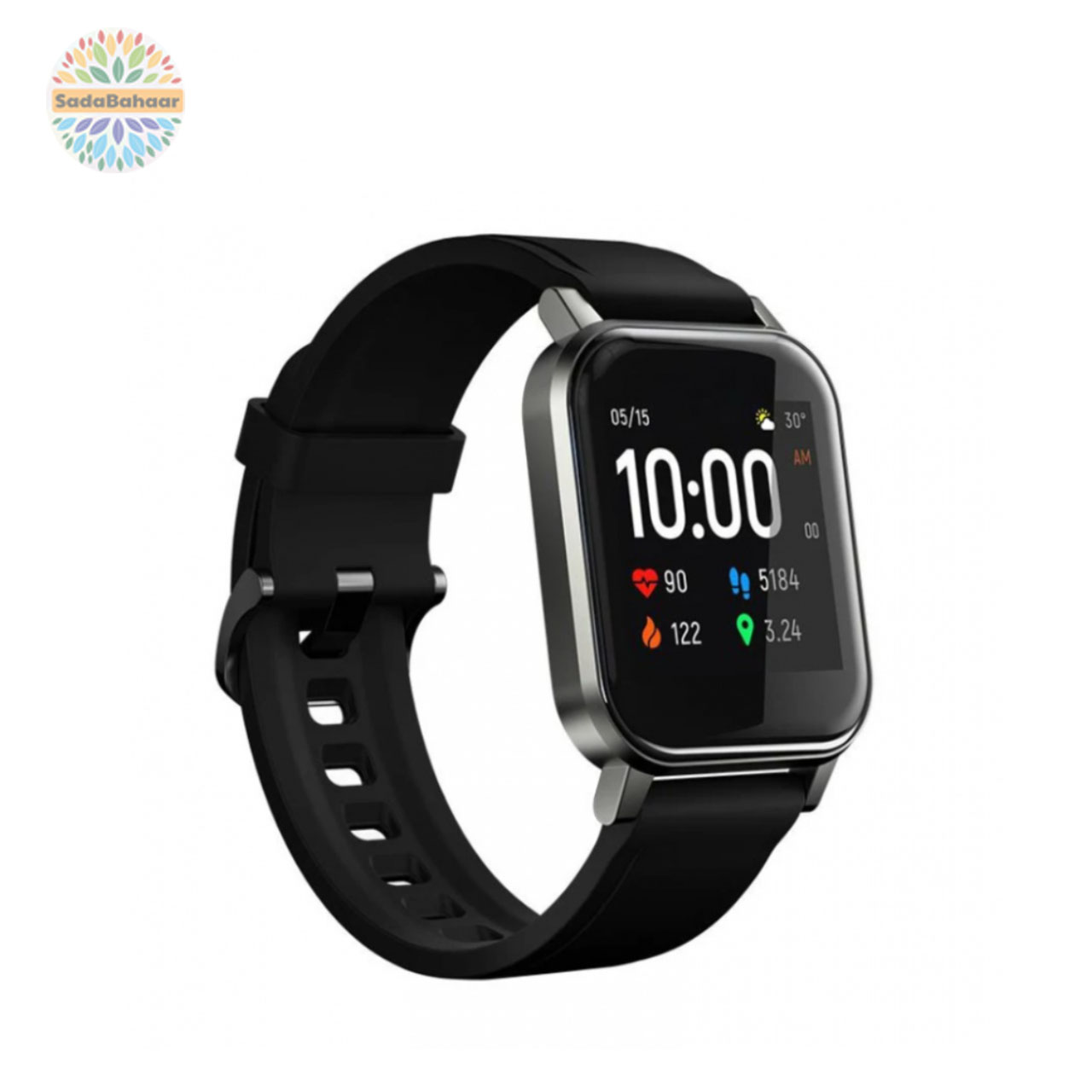
The world of fitness is experiencing a revolution driven by technology. Smart fitness equipment and apps are gaining widespread adoption globally, transforming how people workout and track their health. This new paradigm of connected and data-driven fitness presents immense opportunities as well as challenges.
The Connected Gym
Major gym chains and independent gyms around the world are upgrading their facilities with internet-enabled cardio machines, strength machines and other equipment. This allows users to stream online content like music and videos while exercising. Advanced machines also track metrics like calories burned, distance, pace and heart rate in real-time.
Gym owners are benefiting from integrated software that enables scheduling classes, tracking member attendance and payments. Some high-end gyms even offer virtual personal training sessions via video chat. Manufacturers are also incorporating augmented reality into machines to make workouts more engaging.
The Rise of At-Home Fitness Tech
While gyms remain popular, more people are opting for flexible at-home workout solutions. This has led to an explosion of smart home gym equipment ranging from indoor bikes and treadmills to strength training devices.
Many of Smart Fitness come pre-installed with the manufacturer's digital training platform. Users can join live and on-demand virtual classes taught by expert instructors. The equipment tracks metrics and synchronizes data to the respective apps for progress tracking over time. Some models even adjust workout difficulty in real-time based on performance data.
Indoor Cycling As A Category Leader
Indoor cycling has emerged as one of the most popular at-home smart fitness categories. Led by the meteoric rise of Peloton, more companies are entering this high-margin space with their own indoor bikes and digital platforms.
Peloton continues to scale aggressively through marketing and an engaging iOS/Android app experience. They have also broadened their portfolio beyond bikes to other equipment and digital-only subscriptions. Competitors like Echelon, Tonal and Hydrow are making progress with competitive pricing and innovative workout modalities tailored for their specific equipment.
The Power of Digital Training Platforms
While connected equipment drives engagement, the true value for most of these companies lies in their digital platforms. Memberships to app-based training programs are also on the rise. Popular apps like Nike Training Club, Adidas Runtastic and Fitbit Coach provide a wide range of free high-quality workouts.
Paid subscription-based apps from the likes of Aaptiv, Freeletics and Centr take this a step further with personalized programs, coaching, community features and advanced tracking. Some even integrate with 3rd party services like Apple HealthKit. The global market for digital fitness and wellness apps is projected to be worth over $25 billion by 2027.
Challenges of Data Privacy and Security
As the collection and sharing of sensitive health data increases, ensuring user privacy becomes paramount. Several companies have faced criticism and lawsuits over improperly securing and handling such information. The lack of standardized regulations has also created ambiguity over who owns users' workout statistics.
Looking Ahead
Going forward, we can expect further consolidation in the smart fitness industry. Larger players will seek to offer more integrated 360-degree solutions combining best-in-classgym and home workout options. The usage of AI, virtual reality and other advanced technologies will positively transform the user experience.
Get More Insights on Smart Fitness



























